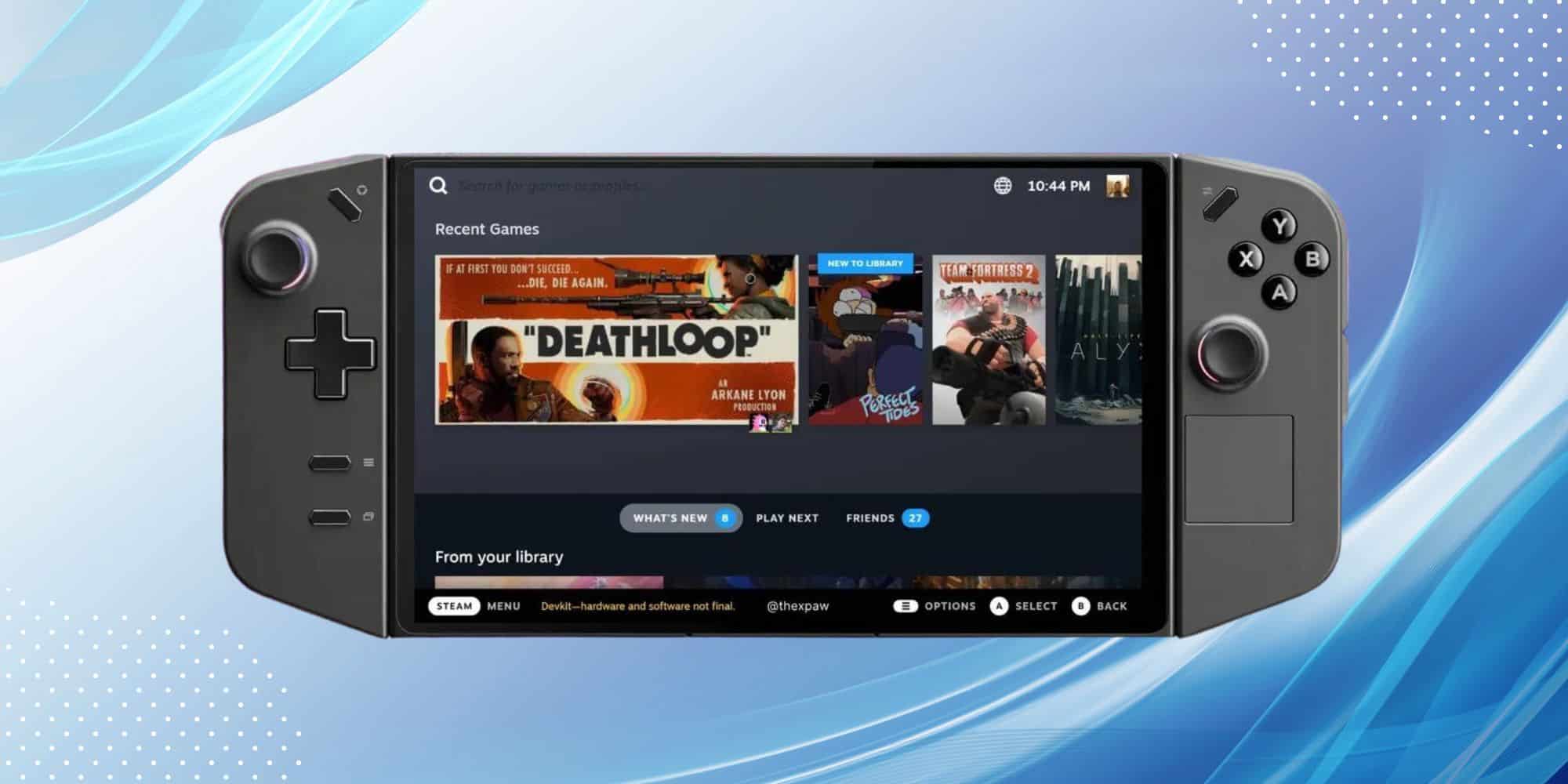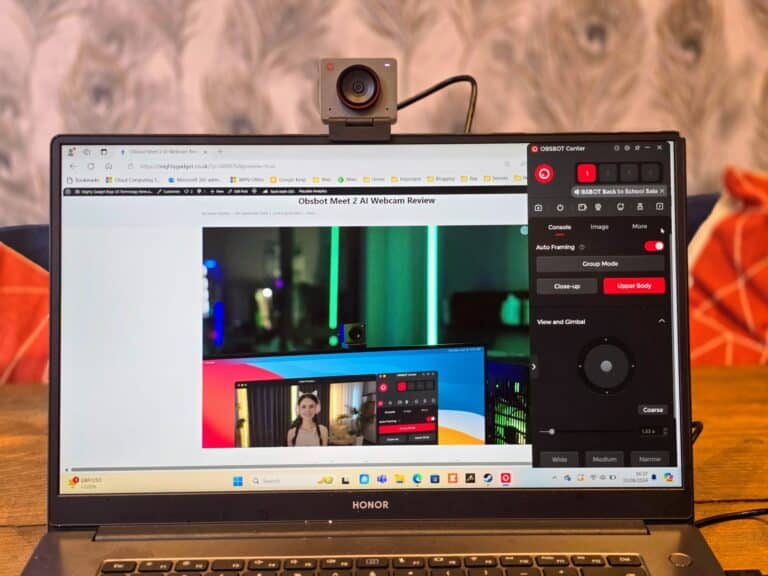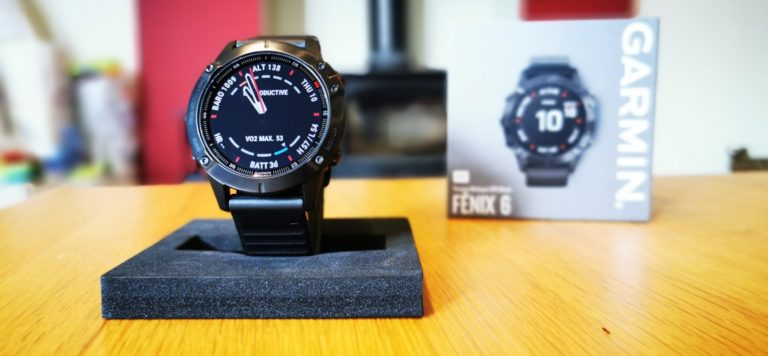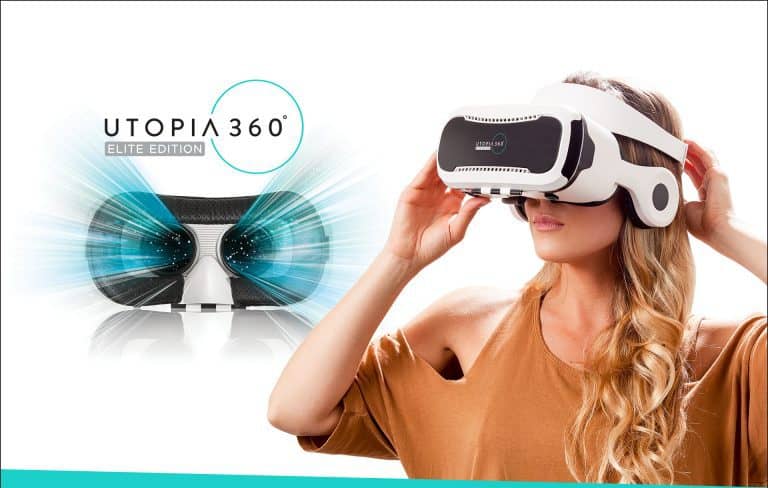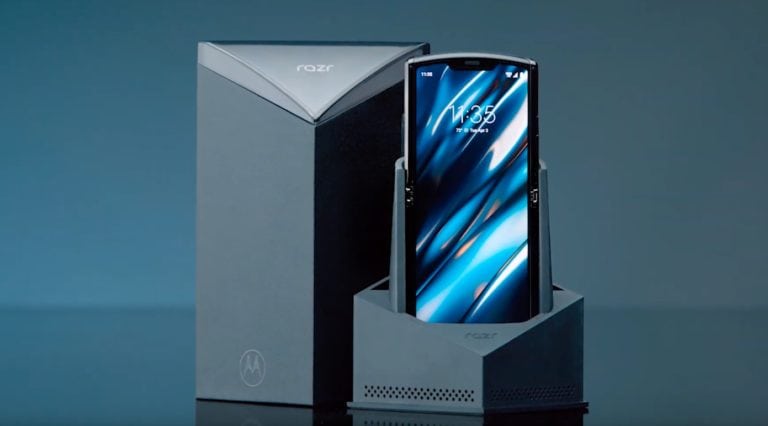Any links to online stores should be assumed to be affiliates. The company or PR agency provides all or most review samples. They have no control over my content, and I provide my honest opinion.
Lenovo is gearing up to give Valve and ASUS a run for their money with its forthcoming gaming handheld, the Legion Go, set to debut at IFA 2023. Touted as potentially the most formidable console to date, it promises a suite of features and specs that outshine its rivals, albeit at a cost that reflects its high-end capabilities.
Legion Go vs Steam Deck vs ROG Ally Specification
| Lenovo Legion Go | ROG Ally (2023) | Steam Deck | |
|---|---|---|---|
| OS | Windows 11 Home | Windows 11 Home | SteamOS |
| Processor | Upto: AMD Ryzen™ Z1 Extreme Processor CPU: “Zen4” architecture with 4nm process, 8-core / 16-threads, 24 MB total cache, up to 5.10 GHz boost GPU: AMD Radeon™ Graphics (AMD RDNA™ 3, 12 CUs, up to 2.7 GHz, up to 8.6 Teraflops) TDP: 9-30W | Upto: AMD Ryzen™ Z1 Extreme Processor CPU: “Zen4” architecture with 4nm process, 8-core / 16-threads, 24 MB total cache, up to 5.10 GHz boost GPU: AMD Radeon™ Graphics (AMD RDNA™ 3, 12 CUs, up to 2.7 GHz, up to 8.6 Teraflops) TDP: 9-30W | AMD APU CPU: Zen 2 4c/8t, 2.4-3.5GHz (up to 448 GFlops FP32) GPU: 8 RDNA 2 CUs, 1.0-1.6GHz (up to 1.6 TFlops FP32) APU power: 4-15W |
| Display | 8.8” QHD+ (2560 x 1600) IPS 16:10 10-point Touch 144Hz 97% DCI-P3 500nits 83%AAR | 7-inch FHD (1920 x 1080) 16:9 IPS-level glossy display sRGB:100% Gorilla® Glass DXC Gorilla® Glass Victus™ Touch Screen (10-point multi-touch) Refresh Rate:120Hz Response Time:7ms Brightness:500nits AMD FreeSync™Premium | 7-inch 1280 x 800px (16:10 aspect ratio) Optically bonded IPS LCD for enhanced readability Touch Screen Refresh Rate:600Hz Brightness:400nits |
| Memory | 16GB 7500Mhz LPDDR5X on board | 16GB LPDDR5 on board (6400MT/s dual channel) | 16 GB LPDDR5 on-board RAM (5500 MT/s quad 32-bit channels) |
| Storage | 256GB / 512GB / 1TB PCIe 4.0 NVMe M.2 2242 | 512GB PCIe® 4.0 NVMe™M.2 SSD (2230) | 64 GB eMMC (PCIe Gen 2 x1) 256 GB NVMe SSD (PCIe Gen 3 x4 or PCIe Gen 3 x2*) 512 GB high-speed NVMe SSD (PCIe Gen 3 x4 or PCIe Gen 3 x2*) |
| I/O Ports | 3.5mm audio combo jack 1x USB Type-C (USB 4.0, DisplayPort™ 1.4, Power Delivery 3.0) 1 x microSD card reader | 1x 3.5mm Combo Audio Jack 1x ROG XG Mobile Interface and USB Type-C combo port (with USB 3.2 Gen2, support DisplayPort™1.4) 1x card reader (microSD) (UHS-II) | 3.5mm stereo headphone / headset jack USB-C with DisplayPort 1.4 Alt-mode support; up to 8K @60Hz or 4K @120Hz, USB 3.2 Gen 2 UHS-I supports SD, SDXC and SDHC |
| Control and Input | Multi-finger touchpad Legion L/RABXY buttonsD-pad L & R hall effect joysticks L & R bumpers L & R analog triggers Legion L & R buttons View button (L) Menu button (L) Trackpad (R) 6 x assignable grip buttons 1 x mouse wheel (R) 1x mouse sensor (R) 2 x controllers release buttons Haptics: HD haptics Gyro: 6-Axis IMU | Gamepad controls: A B X Y buttons D-pad L & R Hall Effect analog triggers L & R bumpers View button Menu button Command Center button Armoury Crate button 2 x assignable grip buttons Thumbsticks: 2 x full-size analog sticks Haptics: HD haptics Gyro: 6-Axis IMU | A B X Y buttons D-pad L & R analog triggers L & R bumpers View & Menu buttons 4 x assignable grip buttons 2 x full-size analog sticks with capacitive touch HD haptics 2 x 32.5mm square trackpads with haptic feedback 55% better latency compared to Steam Controller Pressure-sensitivity for configurable click strength 2 x 32.5mm square trackpads with haptic feedback 55% better latency compared to Steam Controller Pressure-sensitivity for configurable click strength |
| Audio | 2 x 2W SpeakersDual-array near-field microphone | AI noise-canceling technology Dolby Atmos Hi-Res certification Built-in array microphone 2-speaker system with Smart Amplifier Technology | Stereo with embedded DSP for an immersive listening experience Dual microphone array 3.5mm stereo headphone / headset jack Multichannel audio via DisplayPort over USB-C, standard USB-C, or Bluetooth 5.0 |
| Network and Communication | 2 x 2 Wi-Fi 6E (802.11 ax) Bluetooth 5.2 | Wi-Fi 6E(802.11ax) (Triple band) 2*2 + Bluetooth 5.2 (*BT version may change with OS version different.) | Bluetooth Bluetooth 5.0 (support for controllers, accessories and audio) Wi-Fi Dual-band Wi-Fi radio, 2.4GHz and 5GHz, 2 x 2 MIMO, IEEE 802.11a/b/g/n/ac |
| Battery | 2-cell 49.2WHr Super Rapid Charge Controller battery capacity: 900mah | 40WHrs, 4S1P, 4-cell Li-ion | 40Whr battery. 2 – 8 hours of gameplay |
| Power Supply | USB Type-C, 65W AC adapter Output: 20V DC, 3.25A, 65W Input: 100~240V AC 50/60 universal | TYPE-C, 65W AC Adapter, Output: 20V DC, 3.25A, 65W, Input: 100~240V AC 50/60Hz universal | 45W USB Type-C PD3.0 power supply |
| Weight | Controllers Detached: 640g (1.41lbs) Controllers Attached: 854g (1.88lbs) | 608g (1.34 lbs) | 669 grams |
| Dimensions (W x D x H) | 210mm x 131mm x 20mm | 280 x 111 x 21.2mm | 298mm x 117mm x 49mm |
| Price | €799/$799 | £699 | £349 / £459 / £569 |
Legion Go vs Steam Deck vs ROG Ally
The Legion Go is set to feature a beefy 16GB of 7500MHz LPDDR5X RAM, alongside storage options ranging from 256GB to a whopping 1TB. Lenovo has its sights set on outclassing competitors like the Steam Deck and ROG Ally. The RAM speed outstrips both of these rivals, and the maximum storage offering also doubles what they provide.
The AMD Ryzen Z1 is the same chipset that is used on the ROG Ally, and presumably, there will be two variants one with the standard 6-core CPU with a 4CU RDNA GPU capable of 2.8 Teraflops and the Z1 Extreme Processor with 8-core / 16-threads, 24 MB total cache, up to 5.10 GHz boost and AMD Radeon GPU with RDNA 3 12 CUs up to 2.7 GHz, up to 8.6 Teraflops.
The device has a rather extravagant 8.8-inch QHD+ display, and many gamers believe anything beyond a 1080p resolution at this screen size is unnecessary.
Instead, factors like refresh rate and battery longevity tend to hold more weight. On the refresh rate front, the Legion Go holds its own with a 144Hz screen, which is right in line with expectations.
But when it comes to the battery, its 49.2WHr capacity is only incrementally larger than that of its competitors—likely a compromise dictated by the device’s overall dimensions.
The Legion Go will also feature a 65W Super Rapid Charge, which matches the charge speed of the ROG Ally.
The Legion Go then has Nintendo Switch-style detachable controllers, and you will be able to prop up the display with a built-in kickstand.
Pricing & Availability
The Legion Go will be available in October at the price of €799/$799.
The ROG Ally(2023) is available for £699, and the Steam Deck is available for £349 with basic eMMC storage or £459 for NVMe storage.
Source: Windowsreport
I am James, a UK-based tech enthusiast and the Editor and Owner of Mighty Gadget, which I’ve proudly run since 2007. Passionate about all things technology, my expertise spans from computers and networking to mobile, wearables, and smart home devices.
As a fitness fanatic who loves running and cycling, I also have a keen interest in fitness-related technology, and I take every opportunity to cover this niche on my blog. My diverse interests allow me to bring a unique perspective to tech blogging, merging lifestyle, fitness, and the latest tech trends.
In my academic pursuits, I earned a BSc in Information Systems Design from UCLAN, before advancing my learning with a Master’s Degree in Computing. This advanced study also included Cisco CCNA accreditation, further demonstrating my commitment to understanding and staying ahead of the technology curve.
I’m proud to share that Vuelio has consistently ranked Mighty Gadget as one of the top technology blogs in the UK. With my dedication to technology and drive to share my insights, I aim to continue providing my readers with engaging and informative content.

